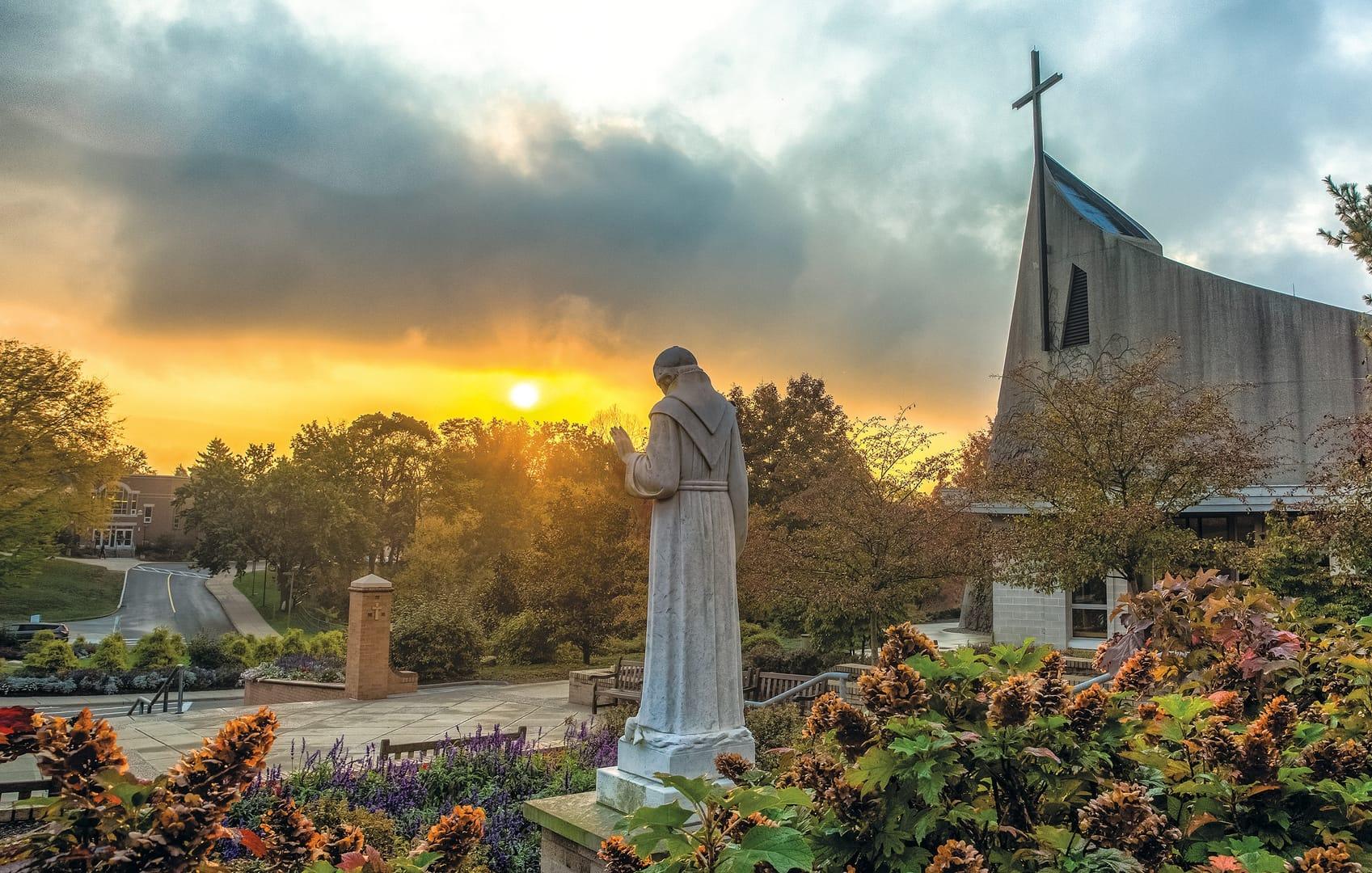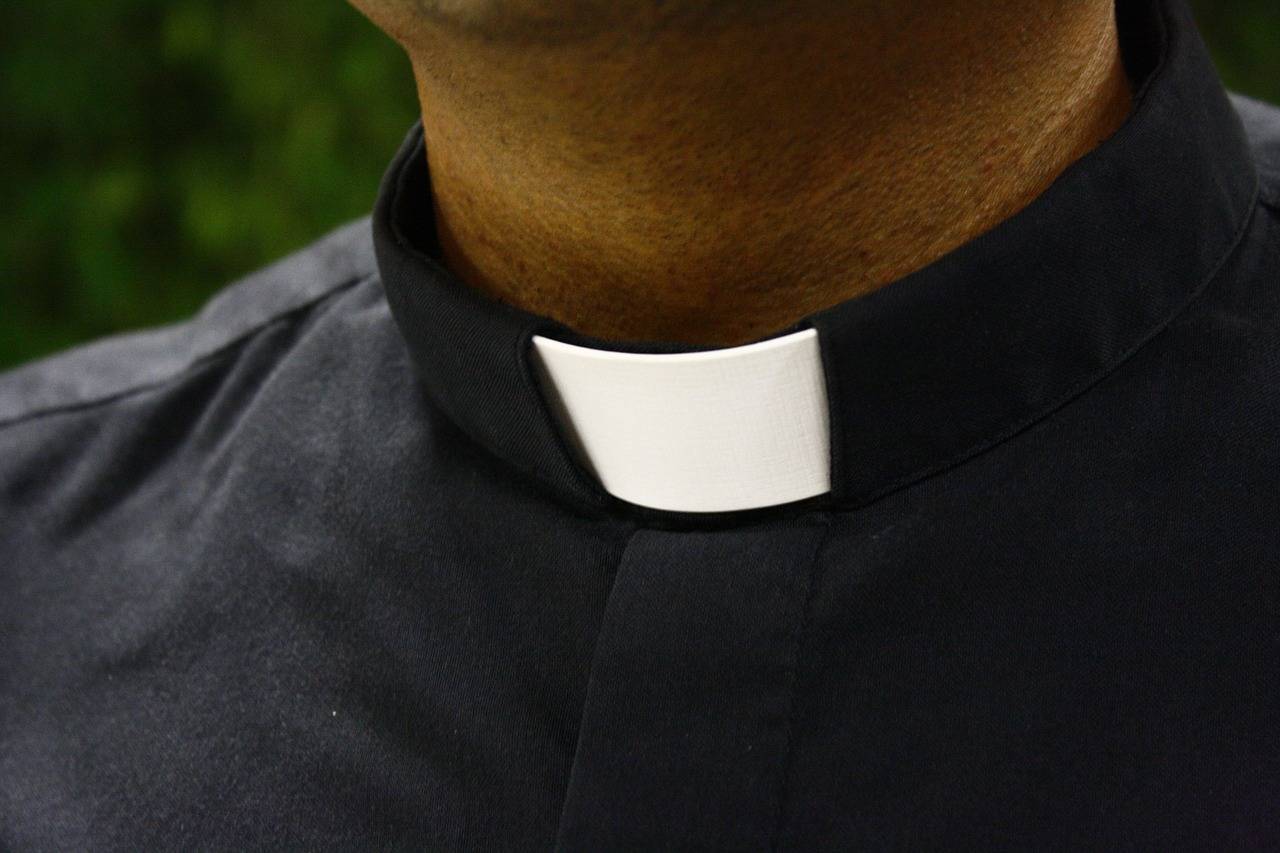NEW YORK – Having inherited a diocese whose previous shepherd once publicly floated the idea of a merger with a larger neighbor, Bishop Paul Bradley, apostolic administrator of Steubenville, Ohio, says what he’s found instead is a “vibrant” community with a potentially bright future.
Bradley’s view represents a marked shift from his predecessor, Bishop Jeffrey Monforton, who advocated for a merger with the Diocese of Columbus in recent years to the ire of many laity and clergy. The opinion also differs from one previously held by the Ohio bishops, who in 2021 voted unanimously that a merger was the best path forward.
Bradley, 78, is the retired bishop of Kalamazoo in Michigan. He was appointed the apostolic administrator of Steubenville last September as part of the Vatican review. In a recent conversation with Crux, Bradley said that while he’s still fairly new to the diocese, and there’s still more information to gather, so far he’s found a vibrant, committed local church.
“I think what we’re finding is that while there are some who think that the Diocese of Steubenville is not able to survive, that is not what I’ve found so far,” Bradley told Crux Jan. 31.
“If I didn’t know what others have concluded themselves, I would have no basis that I can see for coming to that conclusion,” Bradley added, noting that he doesn’t want to contradict anybody else’s perception, “and maybe there are things that I’m just not aware of at this point.”
The Diocese of Steubenville merger conversation dates back to 2021. At that time, the Holy See and then-Steubenville Bishop Jeffrey Monforton, who is now an auxiliary bishop in the Archdiocese of Detroit, discussed concerns about declining numbers in the diocese, followed by the Ohio bishops’ vote.
Monforton ultimately went public with his desire for a merger in fall of 2022, which generated swift backlash from local priests and laity that resulted in the U.S. Bishops’ Conference tabling a vote on the merger.
On Dec. 11, 2023, Bradley and Bishop Earl Fernandes of Columbus issued a statement that they resumed discussions about a potential merger of the dioceses at the request of the Apostolic Nunciature, meaning the Washington office of French Cardinal Christophe Pierre, the papal envoy to the United States.
Bradley, Fernandes, and their respective diocesan leadership teams announced on Jan. 16 that they had met for the second time on Jan. 11 to discuss how both dioceses would be affected by a merger, focusing on financial implications, personnel matters, and structures.
Bradley told Crux that there is a third meeting scheduled for Feb. 15. A report from the dioceses is due to Archbishop Dennis Schnurr of Cincinnati, the Metropolitan See of the Province of Cincinnati, and Pierre in March. A final decision on a merger will be made by Pope Francis.
“Now we’re being asked to truly make sure that we’re trying to provide the information that will enable the best decision to be made, so by doing that by middle March there will then be the opportunity for the Ohio bishops to review some of the results of that, and probably the USCCB would have the opportunity to do that, and eventually of course it would go to Rome,” Bradley said.
Fernandes, in a statement to Crux, said both dioceses are still in the process of gathering information.
“We and our leadership teams are actively engaged in the work together to provide accurate information of that which we have been asked to consider,” Fernandes said. “Speculation on a decision would be premature.”
According to the latest figures shared by Steubenville, the diocese has 28,327 Catholics across 50 parishes and two missions, to go with 31 active priests, and 31 retired/sick/absent priests. A spokesperson said there is no current information regarding the ages of those priests.
Bradley acknowledged that the number of Catholics in the diocese has declined over the years. However, he took a glass-half-full outlook on the issue, saying there’s a tremendous opportunity for evangelization, and reaching out to disaffected Catholics.
In his four months there, Bradley said he’s witnessed a strong amount of faith involvement. He credited the laity and clergy for keeping the mission of the church “alive and well.” He said the priests are dedicated and hard-working, and highlighted the strong presence of the Franciscan University of Steubenville and its new College of Saint Joseph, which is dedicated to preparing students for work as skilled laborers in fields such as carpentry, HVAC, plumbing and electrical.
“There’s a vibrancy here that I was just unaware of,” Bradley said.
Bradley also noted the resilience of the diocese after a difficult last decade-plus, with an embezzlement scandal, problems with its cathedral, and mismanagement.
“In spite of that, the diocese continues to hold its own. We’re not dipping into reserves. We’re able to be supported from the normal, regular, financial income for the diocese, based on campaigns and things of that nature,” Bradley said.
“I don’t find a diocese that’s on the verge of not being able to continue moving forward from a strictly financial perspective, and certainly not in any of the ways that you might determine whether a diocese is vibrant, and active, and alive, in terms of the way of practicing the faith,” Bradley said.
Follow John Lavenburg on X: @johnlavenburg
















